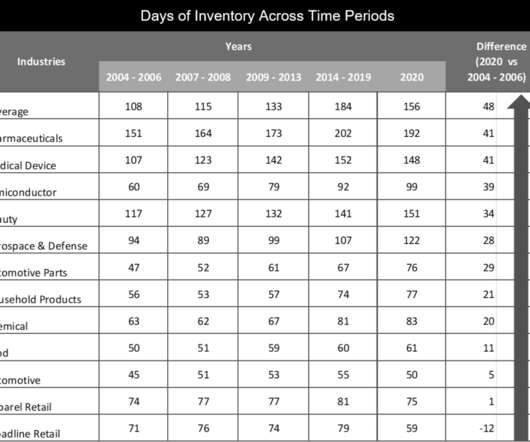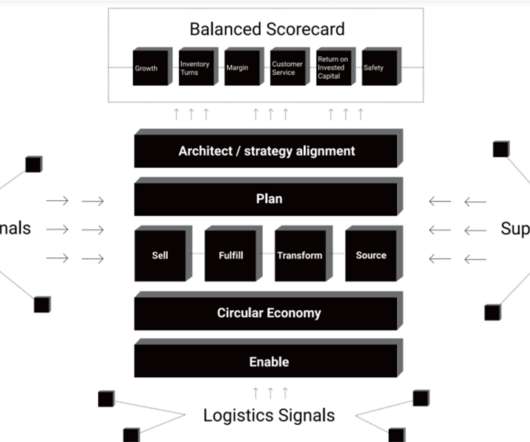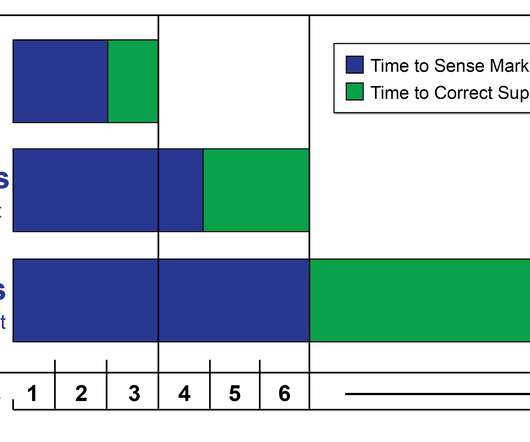How We Stubbed Our Toe in The Evolution of S&OP
Supply Chain Shaman
FEBRUARY 14, 2022
Notice how the water turns from blue to brown in Figure 3 with the lack of demand translation capabilities within the enterprise for manufacturing and logistics. Orchestration enables companies to effectively manage trade-offs between source, make, deliver and sell.) We source this data from Y charts. Mistake #5. Measurement.



























Let's personalize your content